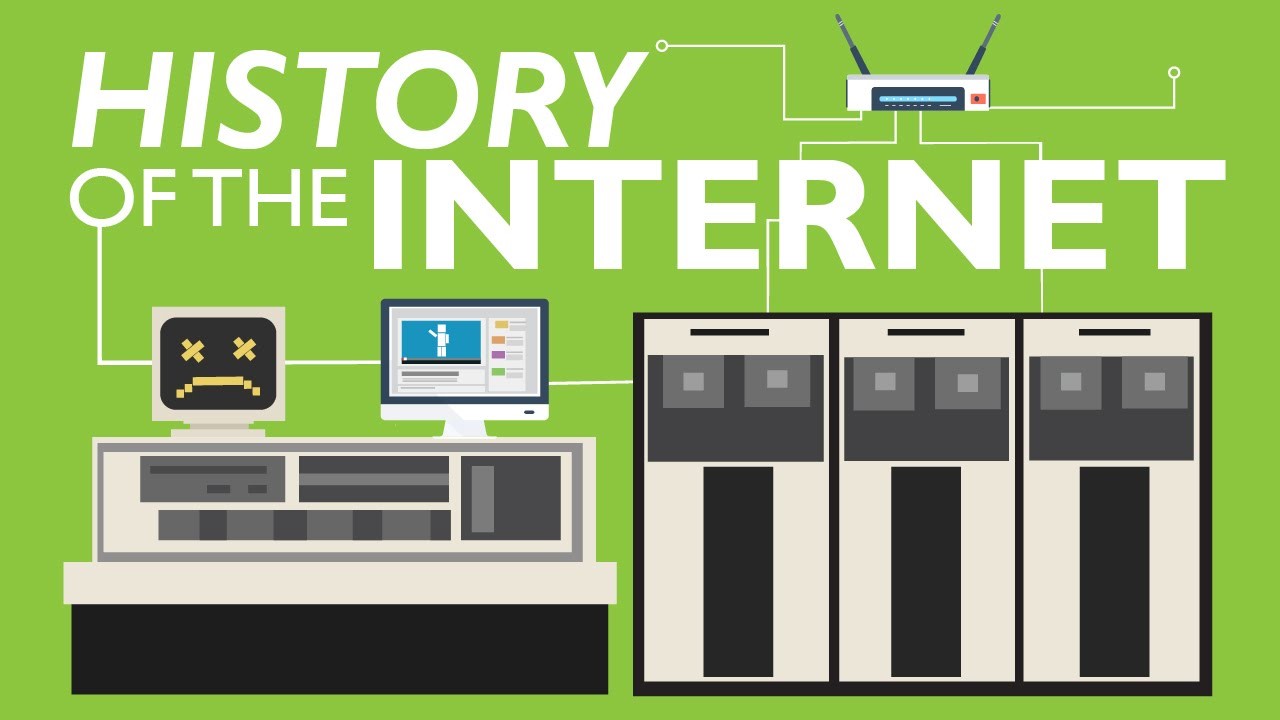The structure and makeup of the Internet has adapted as the needs of its community have changed. Today’s Internet serves the largest and most diverse community of network users in the computing world. A brief chronology and summary of significant components are provided in this chapter to set the stage for understanding the challenges of interfacing the Internet and the steps to build scalable internetworks.
Origins of the Internet
The Internet started as an experiment in the late 1960s by the Advanced Research Projects Agency (ARPA, now called DARPA) of the U.S. Department of Defense. DARPA experimented with the connection of computer networks by giving grants to multiple universities and private companies to get them involved in the research.
In December 1969, the experimental network went online with the connection of a four-node network connected via 56 Kbps circuits. This new technology proved to be highly reliable and led to the creation of two similar military networks, MILNET in the U.S. and MINET in Europe. Thousands of hosts and users subsequently connected their private networks (universities and government) to the ARPANET, thus creating the initial “ARPA Internet.” ARPANET had an Acceptable Use Policy (AUP), which prohibited the use of the Internet for commercial use. ARPANET was decommissioned in 1989.
History of the Internet
By 1985, the ARPANET was heavily used and congested. In response, the National Science Foundation (NSF) initiated phase one development of the NSFNET. The NSFNET was composed of multiple regional networks and peer networks (such as the NASA Science Network) connected to a major backbone that constituted the core of the overall NSFNET. In its earliest form, in 1986, the NSFNET created a three-tiered network architecture. The architecture connected campuses and research organizations to regional networks, which in turn connected to a main backbone linking six nationally funded super-computer centers. The original links were 56 Kbps.
The links were upgraded in 1988 to faster T1 (1.544 Mbps) links as a result of the NSFNET 1987 competitive solicitation for a faster network service, awarded to Merit Network, Inc. and its partners MCI, IBM, and the state of Michigan. The NSFNET T1 backbone connected a total of 13 sites that included Merit, BARRNET, MIDnet, Westnet, NorthWestNet, SESQUINET, SURANet, NCAR (National Center of Atmospheric Research), and five NSF supercomputer centers.
In 1990, Merit, IBM, and MCI started a new organization known as Advanced Network and Services (ANS). Merit Network’s Internet engineering group provided a policy routing database and routing consultation and management services for the NSFNET, whereas ANS operated the backbone routers and a Network Operation Center (NOC).
The history of the Internet begins with the development of electronic computers in the 1950s. Initial concepts of packet networking originated in several computer science laboratories in the United States, Great Britain, and France. The US Department of Defense awarded contracts as early as the 1960s for packet network systems, including the development of the ARPANET (which would become the first network to use the Internet Protocol.) The first message was sent over the ARPANET from computer science Professor Leonard Kleinrock’s laboratory at University of California, Los Angeles (UCLA) to the second network node at Stanford Research Institute (SRI).
Packet switching networks such as ARPANET, Mark I at NPL in the UK, CYCLADES, Merit Network, Tymnet, and Telenet, were developed in the late 1960s and early 1970s using a variety of communications protocols. The ARPANET in particular led to the development of protocols for internetworking, in which multiple separate networks could be joined into a network of networks.
Access to the ARPANET was expanded in 1981 when the National Science Foundation (NSF) funded the Computer Science Network (CSNET). In 1982, the Internet protocol suite (TCP/IP) was introduced as the standard networking protocol on the ARPANET. In the early 1980s the NSF funded the establishment for national supercomputing centers at several universities, and provided interconnectivity in 1986 with the NSFNET project, which also created network access to the supercomputer sites in the United States from research and education organizations. Commercial Internet service providers (ISPs) began to emerge in the late 1980s. The ARPANET was decommissioned in 1990. Private connections to the Internet by commercial entities became widespread quickly, and the NSFNET was decommissioned in 1995, removing the last restrictions on the use of the Internet to carry commercial traffic.
Since the mid-1990s, the Internet has had a revolutionary impact on culture and commerce, including the rise of near-instant communication by electronic mail, instant messaging, voice over Internet Protocol (VoIP) telephone calls, two-way interactive video calls, and the World Wide Web with its discussion forums, blogs, social networking, and online shopping sites. The research and education community continues to develop and use advanced networks such as NSF’s very high speed Backbone Network Service (vBNS), Internet2, and National LambdaRail. Increasing amounts of data are transmitted at higher and higher speeds over fiber optic networks operating at 1-Gbit/s, 10-Gbit/s, or more. The Internet’s takeover of the global communication landscape was almost instant in historical terms: it only communicated 1% of the information flowing through two-way telecommunications networks in the year 1993, already 51% by 2000, and more than 97% of the telecommunicated information by 2007.[1] Today the Internet continues to grow, driven by ever greater amounts of online information, commerce, entertainment, and social networking.
